Portrait lens – Which One? 11-20
11.
Known as Russian Biotar, Helios 40-2 was made using same formula, but the results are different enough to let it live on its own. I have to mention, that color shift with this lens was extreme. This is how it looked with the WB settings used for all other lenses…
It is strange, because AFAIK, it doesn’t use radioactive elements, but I might be wrong. Getting acknowledged among Russian lenses require university degree.
Single coating still show beautiful blue reflection, and it is not damaged. There is no visible haze, fungus or heavy dust trails inside. (Biotar 75/1.5 has also strong tendency toward yellow, as you will see later.) In this case however, I decided to change WB to bring it closer to the rest of the group.
Click here to see more images in the Flickr set
What’s good:
Another lens with quite unique rendering. Helios, like Biotar, has many faces, so it might open many new possibilities for your creativity. Being a single coated lens, with a light coming toward, contrast can be strongly affected, resulting in extremely soft image. But using the lens hood, or probably baffle on the back of the lens, and changing the light direction can dramatically boost contrast in rendering.
What’s not so good:
There are certainly heavier lenses. Canon EF 1200/5.6 i.e. At least you can use it in a self defense if needed, and I believe that anyone will show respect when you lift it up.
It’s also very large lens.
To master this lens, you either need to grow up in Russia or spend few years trying it in different situations. Is that good or bad? It’s up on you.
Final word:
There are many versions of this lens, some might even have multi coating. The question is, will that help, because the large part of its personality is supported by heavy flaring. Buy this lens only if you really now why you want it. In the right hands, it can be a powerful creative tool.
12.
Carl Zeiss Jena Pancolar 80/1.8 MC is a more typical modern Zeiss lens, than one would expect from Easter German Factory to deliver. When I say modern, I am thinking of its rendering characteristics.
Click here to see more images in the Flickr set
What’s good:
Pancolar is materialized image of German precision and calculation. It is sharp, with good contrast, quite small for its FL, light, solidly built. But because this perfection, similar like Contax G 90/2.8 it doesn’t stand out from the crowd – shouting – “It’s me Pancolar!!!” It just deliver what you want from it, in a professional, distinct manner.
What’s not so good:
Recently it is overpriced. If you compare it with already mentioned Contax G 90/2.8, you will get one extra stop with it, but that’s all. In all other aspects, Contax is same or just little bit better. Of course, if you are looking for the lens with cutting edge performance and you need smaller DOF than f/2.8 can give you, Pancolar comes handy. The price for that clinical precision and high acutance is slightly harsh and busy bokeh. Highlights are outlined and have tendency to deform in ovals. Color transitions are rather hard, because of the strong contrast.
Final word:
If you can afford it, I can recommend it easily. Unlike those exotics that I like more, Pancolar can be used every day in most situations. You will most probably love the results and be proud of sharp, punchy images. Great lens for full color portraits.
13.
Takumar SMC is a beautiful lens that deliver beautiful images. There is also cheaper f/1.9 variant, but I haven’t tried it.
Click here to see more images in the Flickr set
What’s good:
Balance. There are lenses with smoother bokeh, lenses sharper wide open or with more punchy colors and higher micro-contrast. But there is only few, who managed to mix all that in a perfect harmony.
What’s not so good:
Hard to think of anything significant. Probably size and weight could be better (for small cameras, for DSLR, lens is a perfect match).
Final word:
I can’t say, that any of those lenses is significantly better than others. It is all about priorities or personnel taste. But this Takumar is one of few lenses, that I never had a problem to recommend. I expect its price to keep growing, so take one till you can. (Check also f/1.9 version, it should be almost same in terms of IQ but cheaper).
14.
MOG Orestor 100/2.8 is a very cool lens that lives on the edge of old fashioned design and modern rendering. It core is inspired by Sonnar construction, but because of the maximum aperture of “only” f/2.8, it is actually quite sharp and usable from wide open.
Click here to see more images in the Flickr set
What’s good:
Meyer-Optik Gorlitz was third largest lens producer pre WWII, and there are some legendary lenses holding its name. Such a Primoplan 75 f1.9 is very expensive and hard to find in a good condition. (I am striving to find one) Already mentioned Trioplan 100/2, together with its smaller brother Primoplan 58 f/1.9 are famous for their typical old fashioned bokeh, while one of the smallest lenses with focus hellicoid and aperture ring that I ever had in my hand is a Robot Primotar 3cm /3.5. (This lens deserve its own post, when I find time.
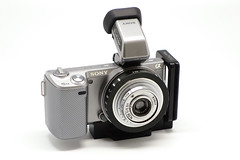 |
| Click for more Primotar 3/3.5 Robot images |
Among those rare and rather expensive MOGs, there are few lenses which are kind of well kept secrets. Orestor 100/2.8, 135/2.8, Trioplan 50/2.9 and few others, belongs to this group.
Orestor 100/2.8 has very nice mixture of rendering characteristics. Unlike its famous (and more expensive) triplet sibling – Trioplan 100/2.8, Orestor is rather modern construction inspired by classical Sonnars. Characteristic for Orestor is very smooth bokeh, lack of CA, not too strong micro-contrast and neutral color rendering.
I like Trioplan more, but Orestor is much better optically corrected lens for contrast, sharpness and bokeh.
What’s not so good:
Quality variations. There are several models of Orestor, and they differ mainly in the construction of the iris. My sample is the early one, with 14 iris blades, and you can see how nice round highlights are preserved even when stopped to f/4. The later, 6 blades versions are not so smooth, once stopped down. Lens is not hard to find, but it is not easy to find one in a good condition.
Final word:
Orestor 100/2.8 is one of forgotten or overseen gems in this focal length. It will give a lot of IQ balance, with just a slight touch of retro look. If you find 14 baldes aperture version, this lens can give you great quality of oof areas even when stopped down. That can be very handy, because not all portraits are good with shallowest DOF.
Definitely recommended in its current price range. (If you find one in good condition).
15.
There are many things that I dreamed about, but they never happened. One of my dearest wish, was to shot a portraiture session with Grace Kelly using this lens. Will not happen in this life, but the lens will stay here for many years to come. So who knows, where will we come in cloning or Time Machine invention, in next decades.
Click here to see more images in the Flickr set
or check some more from the field on my other Flickr page
What’s good:
This lens will make you feel as an artist no matter what you shot. As any formal thing, you will soon get tired of that, but then you will enter next level. Stop it a bit down, change light direction, look for different backgrounds – play… create…
There is no other lens like this that I know about. Helios 40-2 has lot of similarities, but it doesn’t have that refined color transition rendering, sublime glow wide open or sharpness stopped down.
What’s not so good:
It is very expensive and you have to understand that you are not paying for its qualities, but for its flaws.
Final word:
There is only one more exciting standard portrait lens than CZJ Biotar 75/1.5 – CZJ Biotar 75/1.4. If you get have one, tell me how the heaven looks like…
16.
CZJ Biometar 80/2,8 is the only medium format lens representative in this test. Originally made as a kit lens for Pentacon cameras, my Zebra version is uncoated and thus prone to flare. But it still retain good contrast and that was a bit of a surprise.
There are many more versions of this lens, and some of them were made for 35mm. Very rare (and expensive) M42 or more common Exa.
After seeing those results, I will try to track one of those 35mm versions, because I think that they might be better on APS-C than my MF version.
Usually, we should be happy to get the best part of the lens projection, so medium format sounds even better, but for the portraiture lens I am looking rather for the uniqueness, and by cutting off edges of the projection is probably pity.
Click here to see more images in the Flickr set
What’s good:
It’s another lens with distinctive character. This time, for a very good price. Very good center sharpness, smooth bokeh but pronounced circular highlights, nice contrast and just a tiny bit warmer colors. What is not to like?
What’s not so good:
I suspect heavy flaring in the back-light. MC (all black) version, could be better in that respect, but it have to be tested. Lens itself is not that big, but when you put adapters, it becomes over-sized for NEX.
Final word:
For 100 USD this is a bargain. Very solid build quality combined with specific but pleasing rendering, not very heavy for MF lens, large but not huge when mounted on NEX. I wanted this uncoated version, because I am looking for lower contrast, but there are just slightly more expensive MC versions if you prefer those.
The only thing that I would like to see, is more of its original projection circle. So, either try to use it on FF (I think it will be gorgeous there), or try to find 35mm version of the lens.
17.
Most Telefogars that I have seen, comes in Altix mount. That makes it a bot more problematic, because there are no regular Altix adapters for E-mount or MFT. (There are some 3D prints, but rather expensive and I wouldn’t put my lens in some polycarbonate anyway). I made the adapter myself, but it takes some skills (to center it) and time.
Click here to see more images in the Flickr set
What’s good:
This lens needs more testing to allow for some useful conclusion. In the studio conditions, it deliver ok image, but nothing to rave about. It is rather small and it looks nice, its build quality is very good and it can be found cheap, unfortunately mostly in Altix mount.
What’s not so good:
There is some purple color that is visible in Eiris hair on her left, and I don’t know what it is. Altix mount might be a problem to rebuild to something more useful, but it can be done.
Final word:
If there won’t be so many other lenses with Triotar 100/2.8 and Orestor 100/2.8, this lens will make more sense. But in comparison to those two mentioned above, its character is much less pronounced. It is cheaper though…
18.
I am a real fan of CZJ Tevidon lenses. Designed for Super 16 movie cameras, those lenses were meant to be professional tools from the very beginning. They deliver very well corrected optical performance in most situation. It’s current price is varying a lot, depending mostly on condition. Reasonable price should be around 300 USD, but if in great condition, 400USD is acceptable too.
Click here to see more images in the Flickr set
What’s good:
As with all Tevidons, you can expect from this 70/2.8 superb optical performance in a sturdy body. Most Tevidons (older ones) are made of brass, and even if quite small, they are very heavy. Punchy but realistic colors, good contrast, minimum distortion, very good sharpness and almost no chromatic aberrations.
What’s not so good:
Designed for Super 16mm film, they will most probably stay short of covering FF. But let’s wait and see. (Recently they cover APS-C from 35mm up, and m4/3 from 25mm. Maybe 70 and 100mm will cover FF, and that will be great).
Being heavy, they are not very well balanced on lighter NEX bodies, such as NEX 5N. On NEX 7, it is a bit better in that regard.
I can’t find reliable information about its coatings. I doubt they were all multi-coated, and glass reflections would suggest that there is no coating at all, but their performance in back-light doesn’t suffer from contrast loss, so that is what matters anyway.
Final word:
I admit, I a am little biased when it comes to Tevidons. They are such a great lenses, that I was able to find for very good prices, usually around 100 USD. At that cost, they are hard to beat, but even for many more (as they go on eBay), they remains great contenders with other stars in their range. If you are video guy, you will love their free to move aperture, that can be fully closed (fad-in/fade/out, aperture based effect). Focus ring can get stuck and oil can appear on apertures, so check that when buying. With their triangular aperture shape, they have interesting appearance of circular highlights when stopped down.
More to come soon… but if you want to see images from all other tested lenses, you can find them in this Flickr collection.
19.
Basically, you can expect the same great performance as with its shorter sibling Tevidon 70/2.8 in a slightly longer body. Sharp, good contrast almost no aberrations.
Click here to see more images in the Flickr set
What’s good:
Everything written above for its shorter brother applies here too. Tevidon 100/2.8 is even marginally sharper, but most importantly, it is a tad longer.
What’s not so good:
Quite heavy and expensive those days.Its price vary as with Tevidon 70, but if in good condition, it goes over 500 USD. However, they are not that rare as bellow listed Berthoit, so if you are patient, you might find good deal.
Final word:
If you want to build legacy line for your APS-C E-mount, Tevidons are an interesting option. They perform very much the same across the line, and you can cover 35,50,70 and 100mm, knowing that your images will always have Tevidon stamp of quality. Going wider is a problem, because 10/2, 16/2 and 25/1.4 doesn’t cover APS-C, but you can still have some use of the images, even if applying heavy crop. For that purpose, NEX 7 with it’s 24mpx will be better option.
20.
SOM Bethoit Paris Tele-Cinor is as beautiful lens as its name suggest 🙂 It is a lens with typical “cine” character (not many aberrations, clean and sharp), very similar to Tevidons above.
Click here to see more images in the Flickr set
What’s good:
Berthoit 75/2.5 is a great little standard tele lens for APS-C. While it is just a little bit less sharp and contrast than any of two Tevidons described above (at comparable apertures), it has also slightly smoother bokeh and warmer colors.
Performance of all three “cine” lenses here is very similar. Here are few crops:
And oof area
Where they differ is look and build. SOM Berthoit with its attached lens hood is one of the most beautiful lenses in my collection (that is very personnel of course), but most importantly it is made of aluminum and thus much lighter than two Tevidons (brass made) above.
What’s not so good:
It cost even more than Tevidons, easily attacking 500-600 USD.
Final word:
Beautiful lens with distinctive rendering, that you should love to use on NEX.
Links to the other parts of this test:
1-10
(Navitar 75/1.3, Jupiter-9 8,5cm/2, Ernst Leitz Wetzlar Elmar 9cm/4, Voigtländer Color-Heliar 75/2.5, Canon FD 85/1.8, Carl Zeiss Sonnar T* Contax-G 90/2.8, CZJ Sonnar 8,5cm/2, Leitz Wetzlar Elmarit-R 90/2.8, Samyang 85/1.4 AS IF, Meyer-Optik Görlitz Trioplan 100/2.8)
21-30 and conclusion
(Canon EF 85/1.2 L USM II, Minolta MC Rokkor – PF 85/1.7, Contarex – Carl Zeiss Sonnar 85/2, Nikon Nikkor AF-DC 105/2 f/2, Nikon Nikkor 105/1.8 Ai-S, Nikon Nikkor 85/1.4 Ai-S, Olympus OM-System Zuiko Auto-T 100/2.8, Nikon Nikkor 85/1.8 G AF-S, Canon EF 100/2.8 L IS USM Macro, Panagor Auto Macro PMC 90/2.8)
To help this page survive, your donation will be highly appreciated.
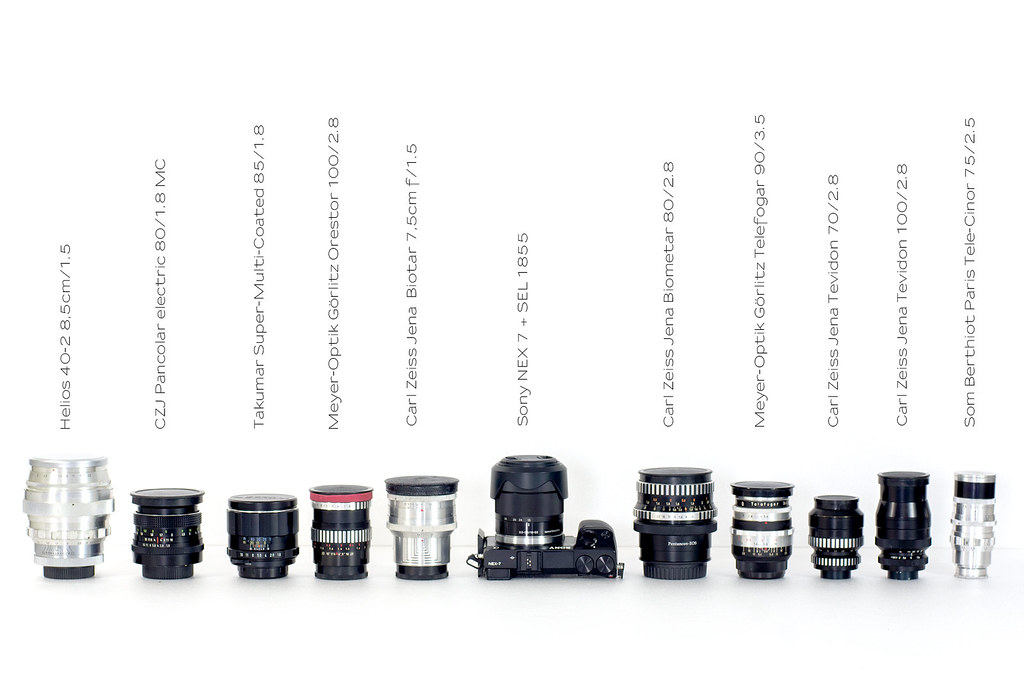
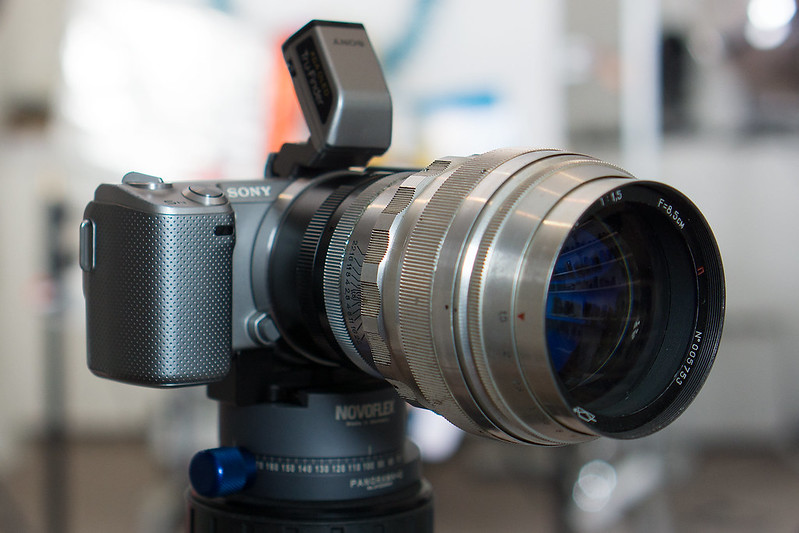


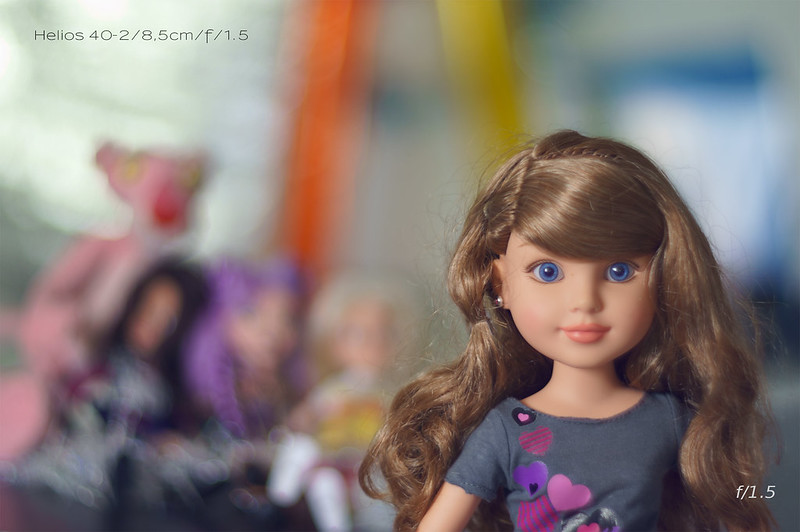




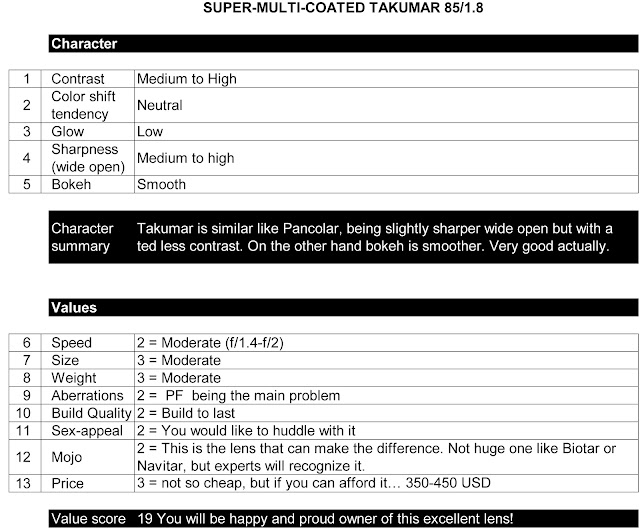
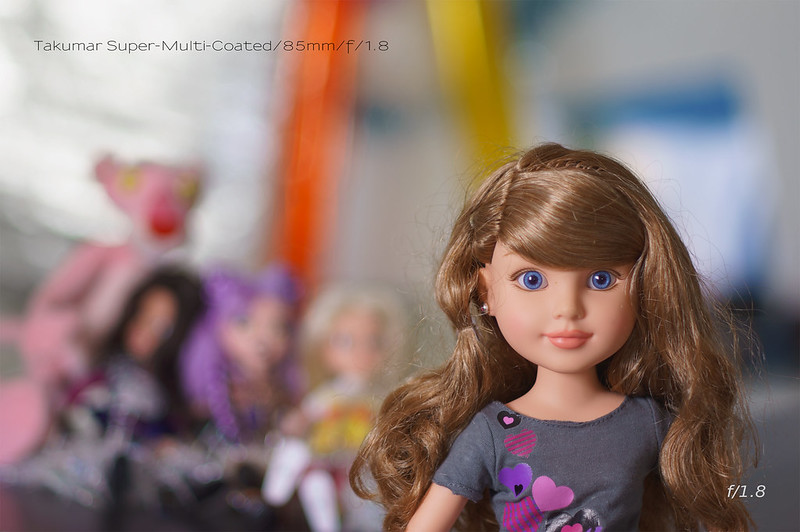
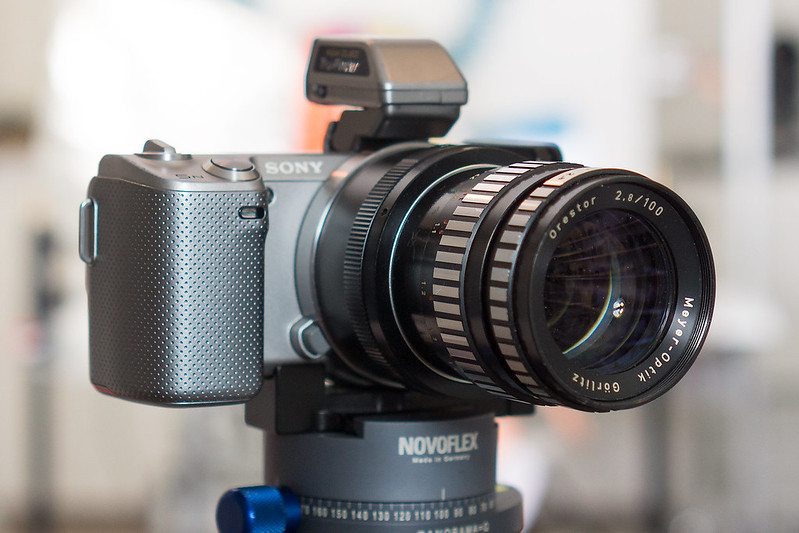


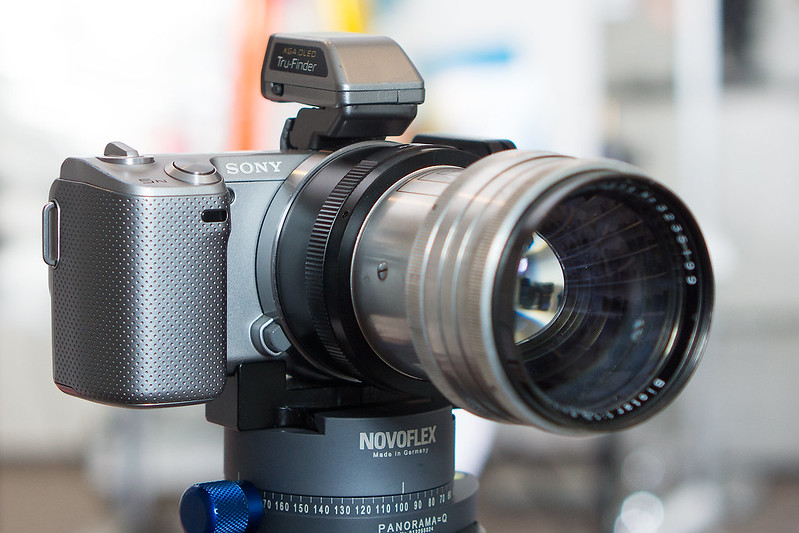

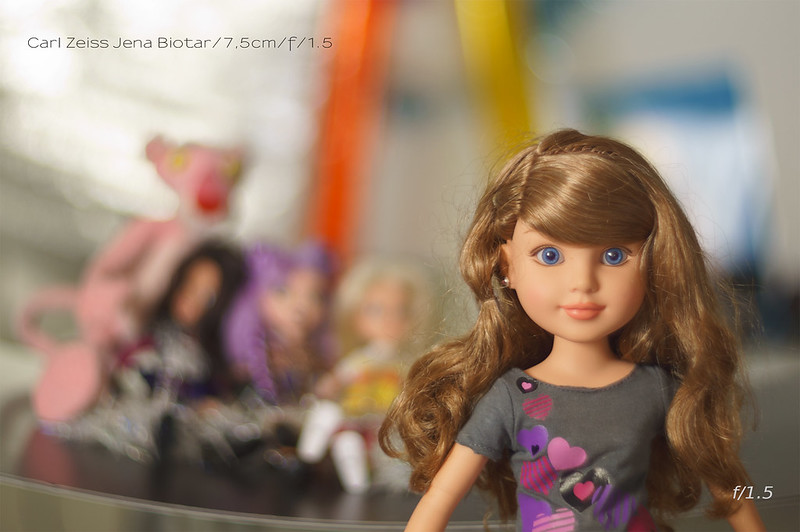
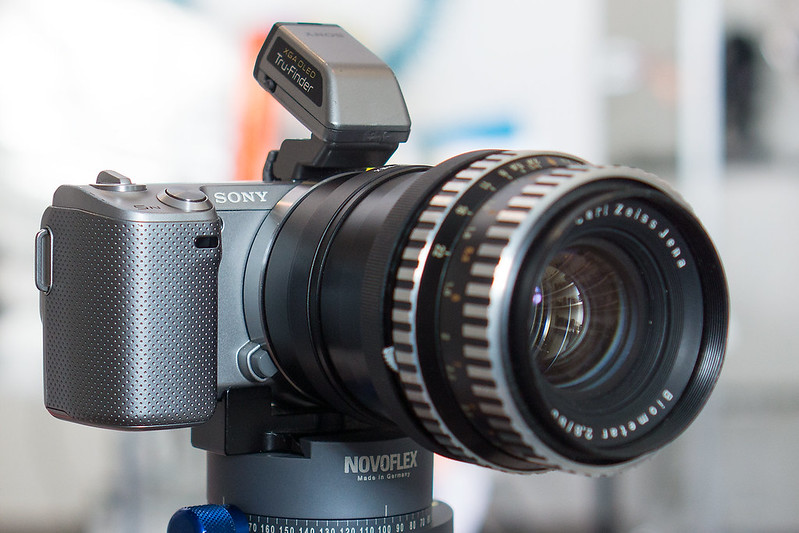

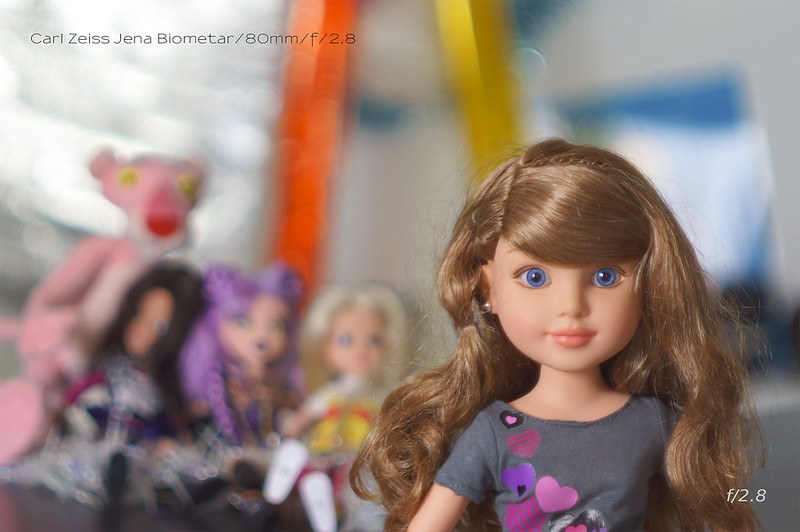
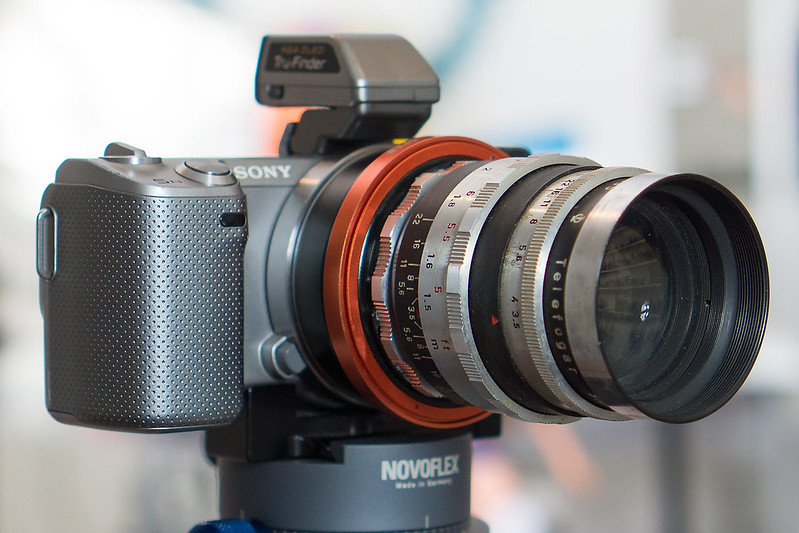

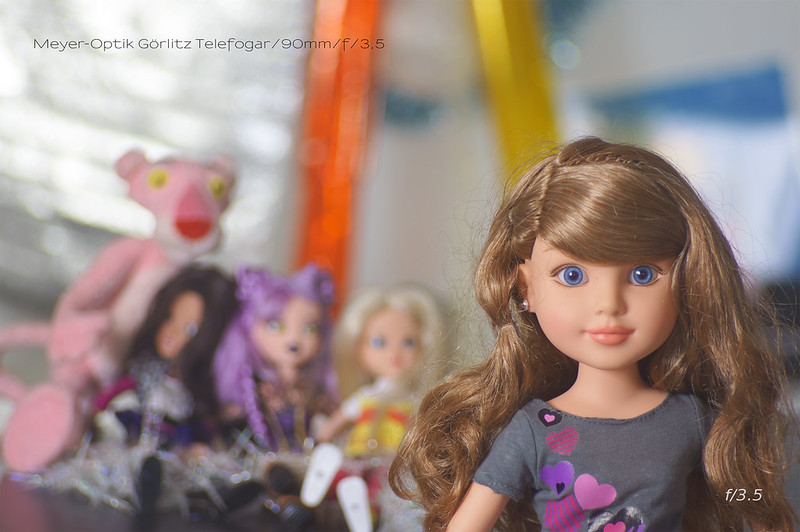
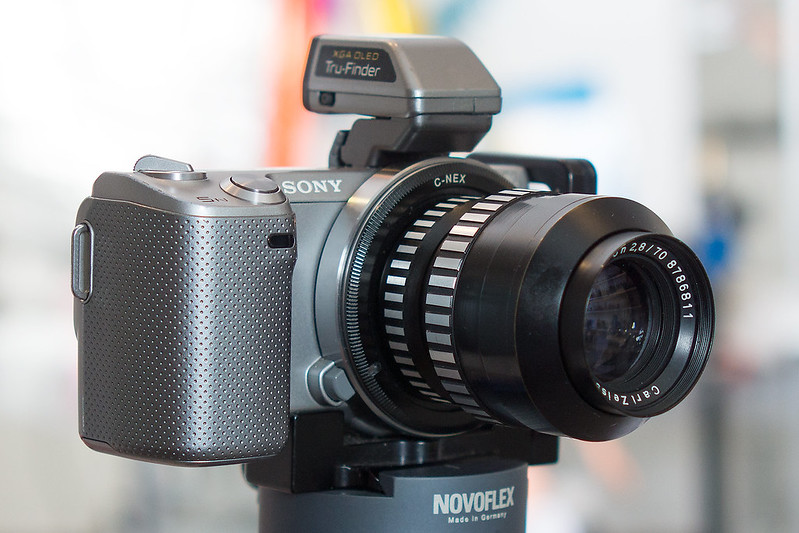

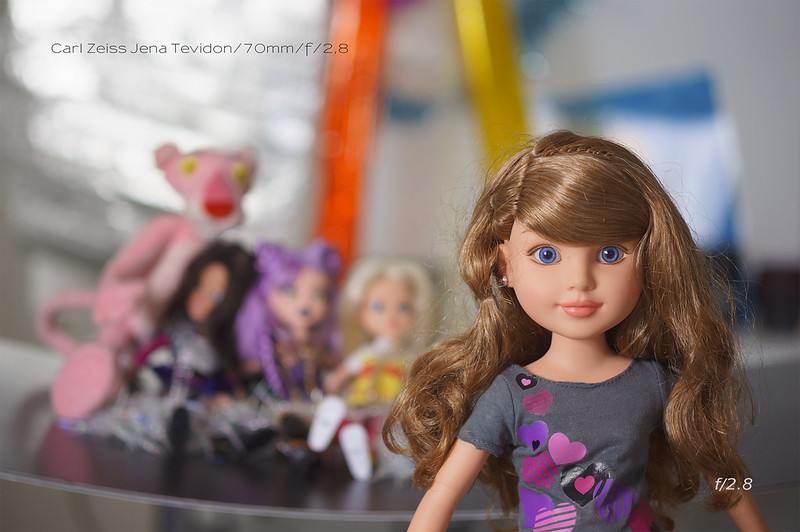
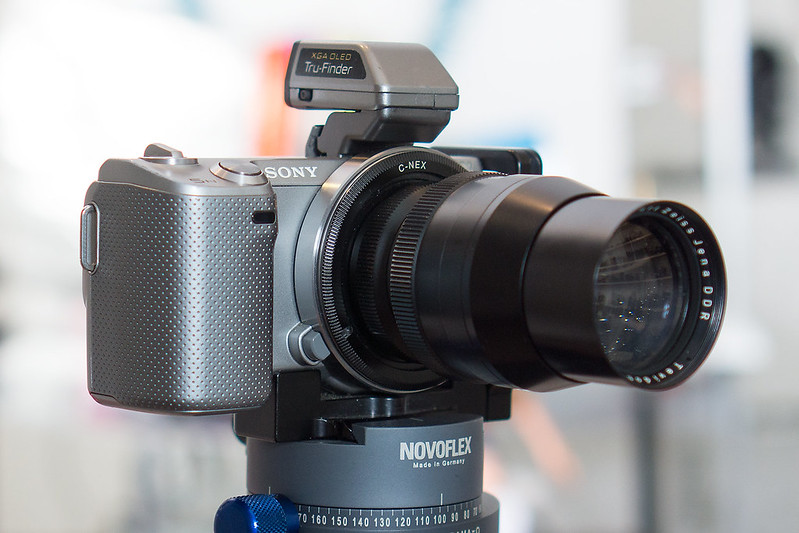

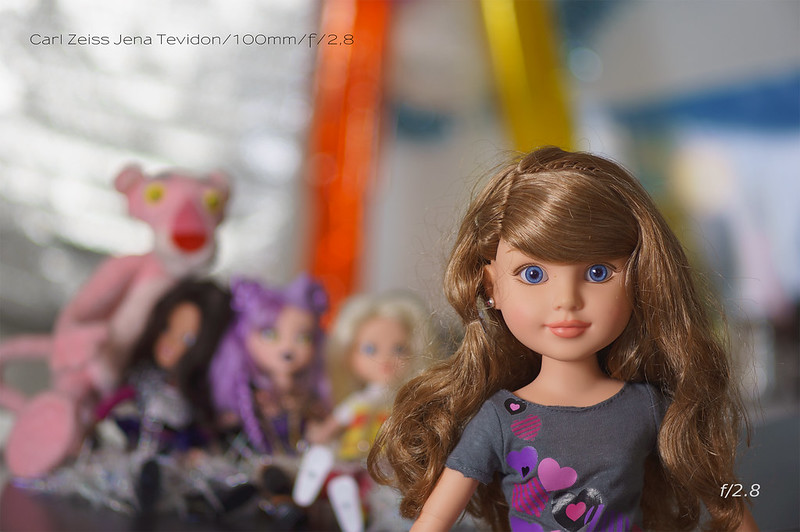


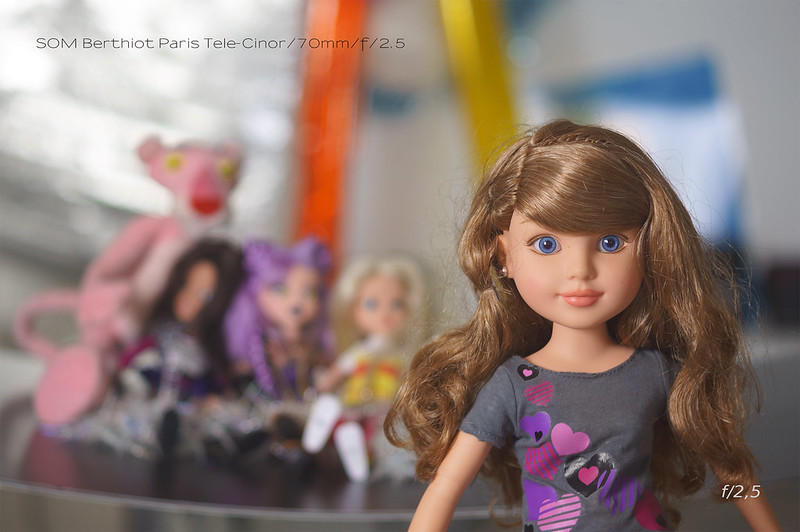


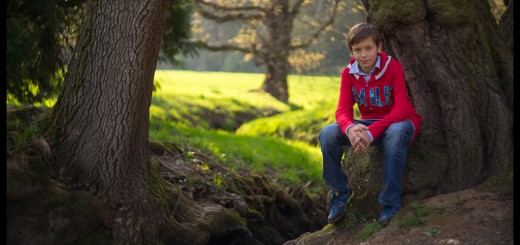
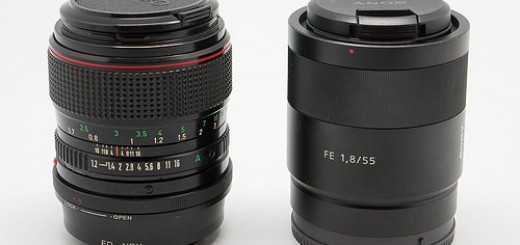
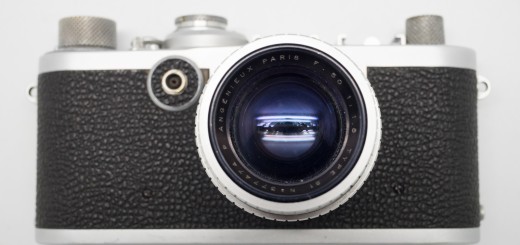













Thanks for the nice overview!
Thank you for stopping by and kind words.
Cheers,
Viktor
Great work!
Going by your description of the Pancolar, the Minolta MD 85/2 might be a good afforable alternative.